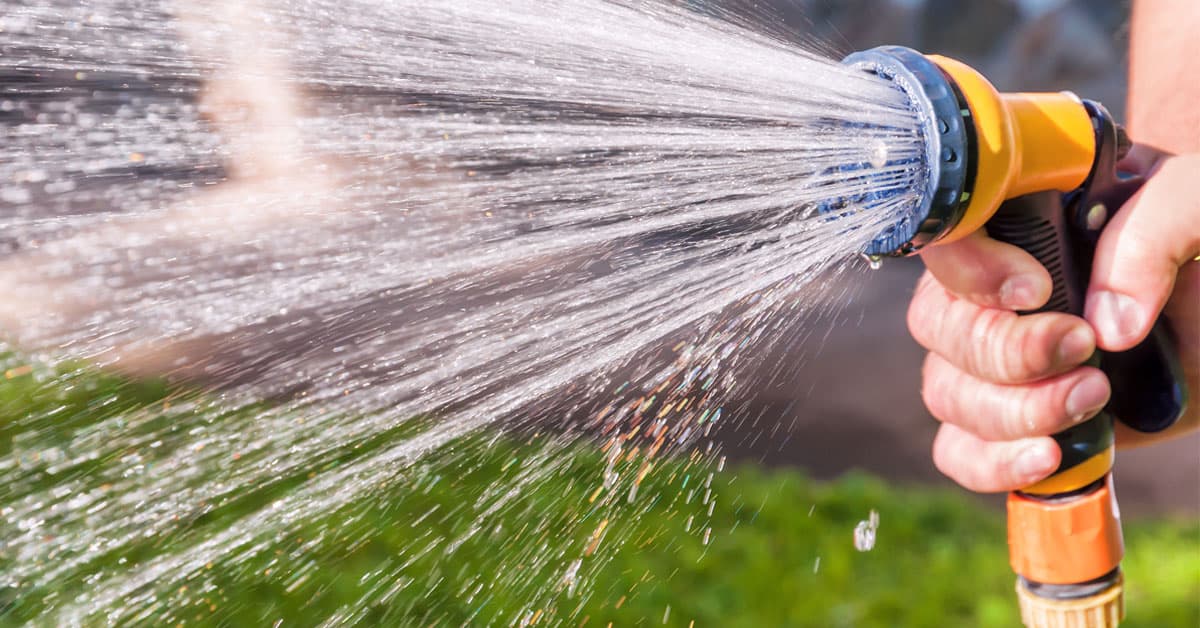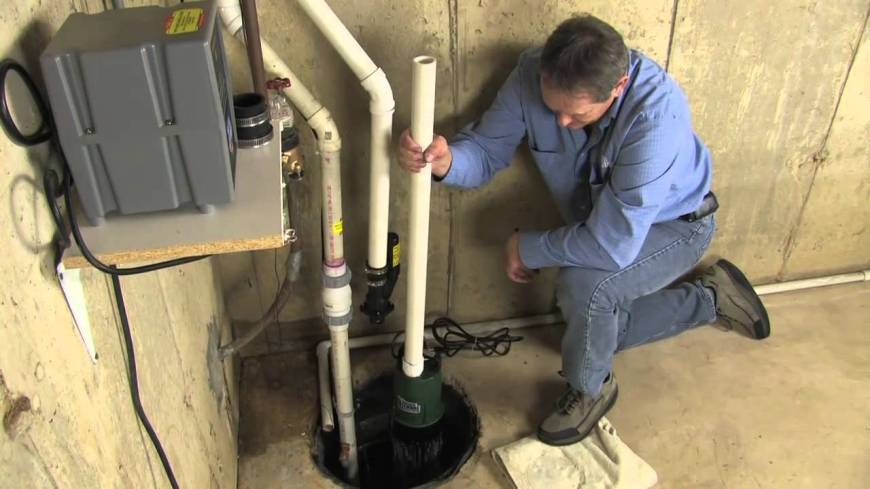Rapid Solutions for Servicing a Sump Pump
Rapid Solutions for Servicing a Sump Pump
Blog Article
The publisher is making a few good pointers on the subject of Cleaning & Maintenance Tips for Your Home's Sump Pump in general in this great article beneath.

Sump pumps are critical elements in several homes, especially in locations susceptible to flooding or extreme moisture. They assist prevent water damages by efficiently removing excess water from basements or crawl spaces. Nonetheless, like any other appliance, sump pumps need normal maintenance to guarantee they function efficiently when required the most. Cleaning your sump pump is a crucial part of its upkeep, and recognizing how to do it appropriately can save you from pricey repair services and prospective catastrophes.
Introduction
Preserving a clean sump pump is crucial for its appropriate functioning and long life. Neglecting this necessary task can bring about clogs, breakdowns, and eventually, water damages to your residential or commercial property. Consequently, finding out how to clean a sump pump is crucial for home owners that rely upon these tools to keep their basements dry and safeguarded.
Indicators of a Dirty Sump Pump
Knowing when your sump pump requires cleaning is crucial for avoiding potential malfunctions. Some common indicators that suggest an unclean sump pump consist of odd sounds throughout operation, minimized water circulation, and visible debris in the pit. If you discover any one of these symptoms, it's vital to cleanse your sump pump without delay to stay clear of any kind of further issues.
Preparing for Cleansing
Before you start cleaning your sump pump, it's vital to take some safety and security preventative measures. Begin by turning off the power to the pump to stay clear of any electric accidents. Furthermore, wear ideal protective gear, such as gloves and safety glasses, to protect on your own from dirt, debris, and possible pathogens.
Recognizing the Sump Pump
Before diving into the cleansing process, it's important to have a fundamental understanding of just how a sump pump functions. Normally mounted in a pit or basin below the cellar flooring, a sump pump includes several crucial components, consisting of a pump, a float button, and a discharge pipe. When water builds up in the pit, the float button triggers the pump, which then pumps the water out with the discharge pipe, away from the building's foundation.
Step-by-step Overview to Cleansing a Sump Pump
Shutting down the Power
Begin by disconnecting the power supply to the sump pump to prevent any type of accidents while cleaning.
Looking For Proper Performance
Prior to re-installing the pump, do a fast test to make sure that the float button activates the pump appropriately. Put some water right into the sump pit and observe the pump's operation. If everything is functioning correctly, you can reconstruct the pump and reconnect the power supply.
Getting Rid Of Debris and Dust
Use a container or an inside story to eliminate any kind of noticeable particles, dirt, or sediment from the sump pit. Dispose of the particles correctly to prevent it from blocking the pump or the discharge pipe.
Cleaning the Pump and Float Switch Over
When the pit is free from debris, thoroughly get rid of the pump from the pit. Evaluate the pump and the float button for any indicators of damages or wear. Use a soft brush or cloth to cleanse the surface areas and get rid of any kind of gathered crud.
Purging the System
After cleaning up the pump and float button, flush the sump pit with clean water to remove any kind of remaining dust or sediment. This will help ensure that the pump runs efficiently and effectively.
Maintenance Tips to Maintain Your Sump Pump Clean
Along with routine cleaning, there are several upkeep pointers you can follow to keep your sump pump in optimum condition:
Verdict
Cleaning your sump pump is a vital facet of its maintenance and makes certain that it operates efficiently when you require it the most. By following the actions laid out in this overview and including normal maintenance right into your routine, you can expand the lifespan of your sump pump and shield your home from water damages.
6 STEPS ON HOW TO CLEAN A SUMP PUMP PROPERLY
UNDERSTANDING SUMP PUMPS
Your sump pump plays a crucial role in protecting your home by managing and removing excess water. It primarily functions as a “shield”, guarding your basement against the damaging effects of water accumulation. The pump is housed in a sump pit in the lowest part of your basement, and its job is to pump out any water that collects there.
During heavy rainfalls or when snow melts rapidly, water can infiltrate your basement, posing potential risks like flooding, structural damage, and harmful mold growth. Here, the sump pump springs into action, pumping out the intruding water and directing it away from your home.
SAFETY FIRST
Before cleaning, remember to prioritize safety. Disconnect the sump pump from the power source to prevent any accidental electric shocks. Also, wear sturdy gloves to protect your hands from any sharp or dirty components within the pump.
REMOVE THE SUMP PUMP
After ensuring your safety, the next step is to remove the sump pump from its pit. Doing this might require careful maneuvering as you don’t want to damage any pump components. Once removed, clean the sump pit to remove any accumulated debris or sludge.
INSPECT THE PUMP
Inspect the pump for any visible signs of wear or damage. Check the power cord, float switch, and impeller housing. If any components look worn out or damaged, consider replacing them to ensure optimal performance.
CLEAN THE PUMP
Thoroughly clean the pump with warm, soapy water. Make sure to rid it of any dirt, gravel, or other debris that might impede its performance. You can use a toothbrush to clean the small, hard-to-reach parts of the pump.
REINSTALL THE SUMP PUMP
Reinstall the pump into the sump pit Make sure it’s positioned correctly to remove the water effectively Once it’s back in place, reconnect it to the power source TEST THE PUMP
Finally, pour some water into the pit to ensure the pump works correctly. It should start automatically and begin pumping out the water; if it doesn’t, check the power source and the positioning of the pump.
Remember, while cleaning your sump pump is an essential part of home maintenance, hiring a professional plumber for a thorough inspection and cleaning at least once a year is also important. This will ensure that your pump is in optimal condition, ready to protect your home from potential water damage.
BEST PRACTICES FOR CLEANING SUMP PUMP DISCHARGE PIPES
Regular Inspection: Regularly inspect your discharge pipes, especially during heavy rainfall or snowmelt periods. Look for any signs of blockage or damage. Early detection of problems can prevent serious issues down the line. Periodic Cleaning: Over time, sediment and debris can accumulate in the discharge pipes, impeding the flow of water. Regular cleaning helps keep the pipes clear and functioning efficiently. You can use a high-pressure water jet to effectively clean the pipes. Insulation During Winter: In colder climates, discharge pipes can freeze, blocking the outflow of water. Protect your discharge pipes from freezing temperatures by insulating them with foam pipe insulation. This will ensure the sump pump can continue to discharge water even in freezing conditions. Proper Positioning: The discharge pipe should be positioned to direct water away from your home’s foundation. Improper positioning can lead to water seeping back into the basement. Ensure the pipe is long enough and angled correctly. Installation of a Check Valve: A check valve prevents water from flowing back into your sump pit after the pump has pushed it out. Installing a check valve helps maintain the efficiency of your sump pump and reduces the risk of flooding. Minimize Pipe Turns: Every curve or turn in the discharge pipe can decrease the efficiency of water flow. By minimizing turns and bends in your discharge pipe, you can increase the efficiency of your sump pump. https://www.fullspeedplumbing.com/how-to-clean-a-sump-pump-properly9999/

Do you enjoy reading up on Cleaning & Maintenance Tips for Your Home's Sump Pump? Create feedback directly below. We will be happy to listen to your opinions about this blog entry. In hopes that you visit us again in the near future. Sharing is caring. You never know, you may just be helping someone out. Thanks for being here. Please visit our website back soon.
Book A Free Estimate Report this page